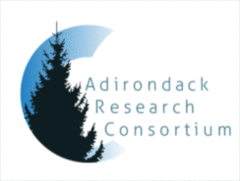Article Title
Abstract
Anthropogenic impacts to the Upper Saranac Lake watershed have been occurring for over 130 years. The ecological degradation became widely recognized 1989-1990 when a series of persistent cyanobacterial blooms plagued the lake. Of the numerous nutrient sources in the watershed, the most influential discharger was believed to be the Adirondack Fish Culture Station, a hatchery operated by the New York State Department of Environmental Conservation for over 100 years. Facing litigation from the Upper Saranac Lake Association, Hatchery management initiated strategies to significantly reduce phosphorus discharge beginning in 1993. The objective of this study is to evaluate the recovery of the lake by examining historical limnological data. Concentrations of total phosphorus and chlorophyll-a in the surface water have exhibited significant declines since the early 1990s. Oxygen depletion rate in the bottom strata has also exhibited positive signs of recovery; however, the re-occurring hypoxia in the shallow north basin shows no sign of recovery. Despite reductions in nutrients and algal abundance, the transparency of the lake has significantly decreased over the study period. Analysis of 26 years of data indicates that the trophic condition of Upper Saranac Lake has experienced substantial recovery from the degraded state observed in the early 1990s, although impact from multiple environmental stressors may be masking the typical signals of trophic recovery.
Recommended Citation
Laxson, Corey L.; Regalado, Sean; and Kelting, Daniel L.
(2018)
"Evaluating the Recovery of Upper Saranac Lake, NY,"
Adirondack Journal of Environmental Studies: Vol. 22:
No.
1, Article 5.
Available at:
https://digitalworks.union.edu/ajes/vol22/iss1/5




